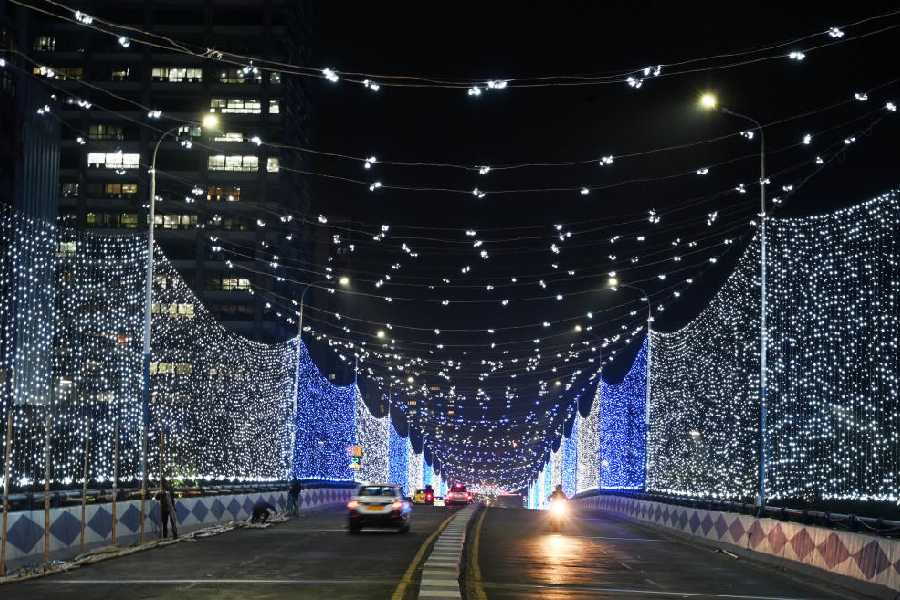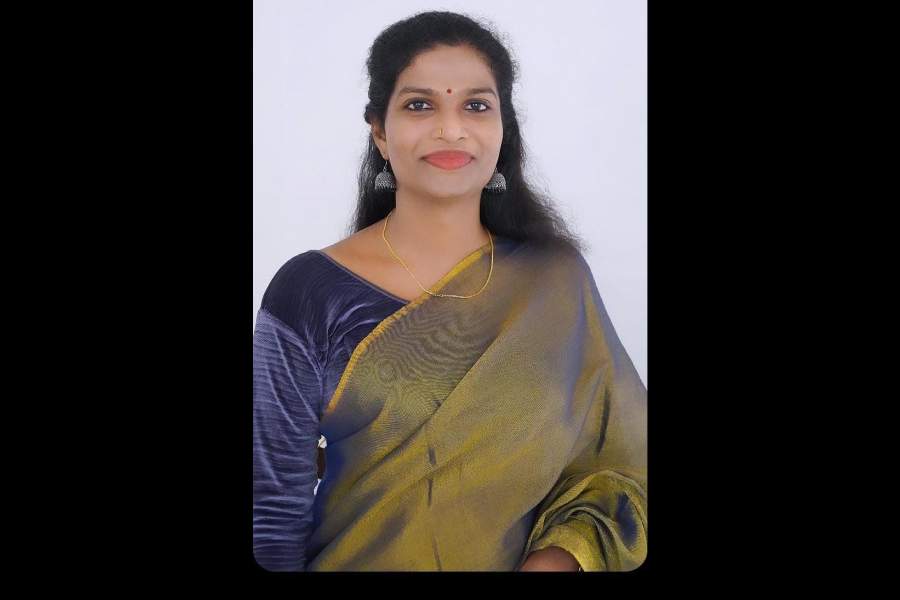The same things don’t move me anymore. This is no whingeing sentiment, I am stating a fact. And some amusement at an accidental discovery.
The same things don’t move me anymore. Not the same songs, not the same books, not even the same associations. It’s as if someone yanked out a plug that had once connected me to them.
It is not the kind of thing I would say out loud. So I blame it on the setting. A fond street, a familiar huddle, a comfortable silence, the column of steam rising from Mahadebda’s pot of cha at dusk, all of it coaxed the words out of me. I heard myself say, “The same things don’t move me anymore.” Almost on cue, the unsolicited comment came ricocheting through the dark, “That’s because you are heavier.”
Raucous laughter and cheer followed, mostly from the wordsmith himself, who then, a tad penitently, added, “But different things do. No?”
Yes, different things move me. For instance, in the neighbourhood market, the same I have been walking to and through for years now, the flower stalls don’t pull me towards them anymore. I like to stop in front of the vegetable stalls instead — the red and yellow bell peppers, the oddity that is the white brinjal, the shaaks, which I still cannot tell apart. In case you were wondering, this has got nothing to do with any
culinary quest. Festivals don’t move me, at least not like they used to, but I feel ridiculously grateful for that which is routine. The sound of the water pump; the asymmetry of the morning tea tray; the finger on the doorbell at dusk.
There must be other things that move me, things which I cannot think of now. And then there are fairy lights.
In the past few years in this city of ours, LED lights, Chinese lights, whatever you may call them, have come to be something of a trend. Coffee shops, small eateries, boutiques, food trucks, party offices, odd crossings, corner stores, shopping malls... all come strung with these. Often, while out on a whim of an evening walk, I have noticed ragtag tea stalls or sleepy momo places or even a trunk of a lone tree with one straggly string, or at best two.
The lights are gold, silver, watermelon green, and purple. They form canopies or pour down from great heights, are atwirl like a ghagra or huddled in geometric clusters. Some are like raindrops and others appear to winnow the darkness.
Not all of them are up above. Some are literally zameen pe. Little orbs of red or blue or pistachio green, some containing berries and fake snow. Or, plastic bottles with twisty wire things inside which light up. Or, glowing snowmen with orange noses. Each of these come with teeny tiny switches.
“All from Bangalore, no more China Shina,” said one hawker in a south Calcutta stall, where everything was LED except the tika on his forehead. Hawkers peddle them at traffic lights at dusk or in front of Metro stations. The man in front of Esplanade Metro station cries itinerantly — “Tirish taka, tirish taka, tirish taka...” Tirish taka, meaning thirty rupees, though you could end up paying anything between Rs 10 and 100 depending on who you are and where you are.
There is something about these lights. At the end of a work day, I look forward to that exact moment when the yellow taxi will lumber on to the flyover and then grunt its way through the passageway of light that is the Park Street flyover. When it nears the road on which live the planetarium, the cathedral and the kaalture clubs, from afar I can see the lampposts woven over with these lights. They look like striped candy sticks from TNT Christmas movies, only blue and white. The hedges along this stretch twinkle green, some of the trees are a freckled fuschia. Minus my progressive glasses, they are all blurred just right, like a flock of asterisks.
I am invariably reminded of a book whose spine faces me every day when I sit down to write. A book I open occasionally, turn a page, pat and put back. Illuminations, a collection of essays by the 20th century German philosopher Walter Benjamin.
I don’t know Benjamin at all, but I know a line by the political theorist and philosopher Hannah Arendt who edited Illuminations. It moves me now, in a way it couldn’t have some years ago. Arendt wrote: “Even in the darkest of times we have the right to expect some illumination...” She was saying this in the context of the war and violence of the early 20th century, and also the advancements in the sciences and arts, in the preface to her own collection of essays titled Men in Dark Times.
Illumination — that sounds about right. The fairy lights’ engagement with darkness cannot be called enlightenment. They decorate the dark, tease it, knit it, puncture it. They make the darkness bearable, even ponderable.
The same things can’t move anyone all the time. Different things must.











